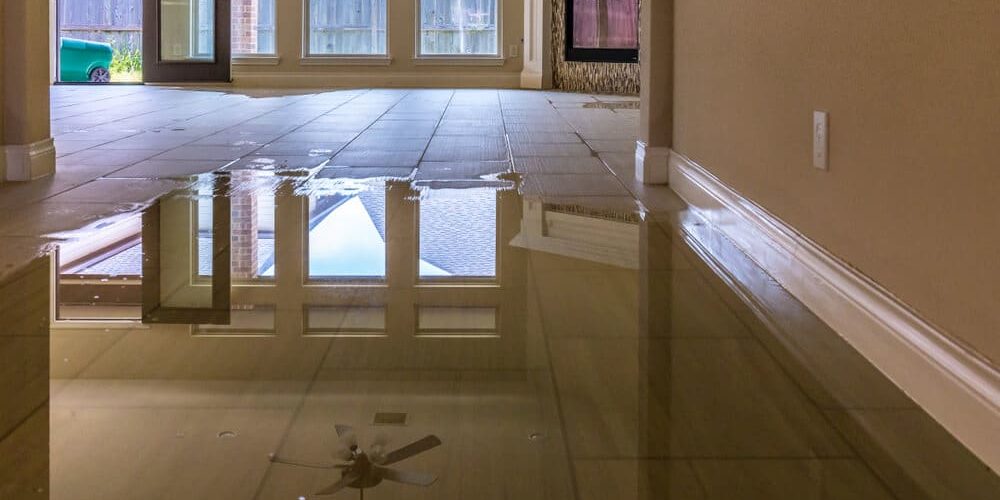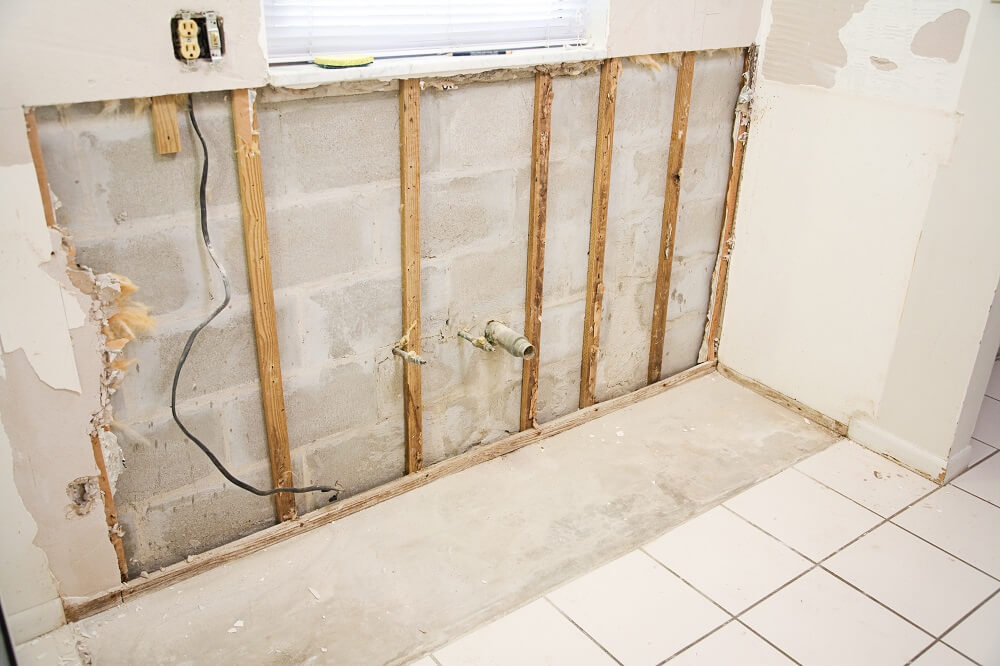Emergency Water Leak Repair to Prevent Further Property Destruction
Emergency Water Leak Repair to Prevent Further Property Destruction
Blog Article
The Refine of Water Damages Clean-up: Guaranteeing Your Home Is Brought Back Properly
Water damages can be a difficult challenge for house owners, requiring a structured and precise cleaning procedure to restore safety and security and capability. An extensive assessment is vital to recognize the degree of the damages and determine the appropriate remediation actions. Following this, efficient water extraction strategies play a critical role in reducing more damage. The nuances of drying out, sanitizing, and ultimate repair are similarly essential and commonly forgotten. Understanding these stages can make a substantial distinction in the end result of your home's restoration, prompting a closer check out what each action entails.
Assessing the Damage
Upon discovering water damages, the very first step is to completely examine the degree of the impact. This first analysis is crucial, as it helps establish the needed steps for effective cleaning and remediation. Begin by evaluating the impacted locations, including walls, ceilings, floorings, and individual valuables, to recognize the source of the water invasion, whether from flooding, leaks, or condensation.
Recording the damages is vital for both insurance cases and intending repair efforts - damage restoration services. Use photographs and created notes to record the intensity of the damages, keeping in mind any kind of affected architectural components and materials. Pay unique interest to areas that might not be quickly noticeable, such as behind walls and under carpetings, as hidden dampness can cause more difficulties, consisting of mold and mildew development
Additionally, examine the timeline of the water direct exposure. Eventually, an extensive evaluation lays the groundwork for an effective water damage cleanup process, ensuring that all impacted locations are addressed effectively and extensively.
Water Removal Strategies

Specialists commonly utilize submersible pumps for larger volumes of water, which can promptly reduce flooding in cellars or other impacted locations. For smaller sized amounts, wet/dry vacuums are typically used to draw out residual wetness from rugs and tough surfaces. Furthermore, using portable extractors permits targeted elimination in confined spaces or locations with fragile products.
In circumstances of polluted water, such as sewage or floodwater, progressed removal methods may include making use of biohazard equipment to make certain safety and compliance with health and wellness regulations. High-powered extraction tools are vital in minimizing water retention in architectural materials, which can result in mold and mildew development and architectural wear and tear if not attended to immediately.
Eventually, the performance of water extraction techniques plays a crucial role in the total success of the water damage clean-up process, laying the groundwork for subsequent restoration efforts.
Drying and Dehumidification
Once standing water has actually been successfully removed, the next vital phase in the water damages cleanup procedure is drying and dehumidification. This action is vital to protect against further damage and mold growth, which can occur within 24 to 48 hours in moist atmospheres.
To accomplish effective drying, customized devices such as industrial-grade air moving companies and dehumidifiers is employed. Air moving companies flow air throughout damp surface areas, improving evaporation prices, while dehumidifiers decrease moisture degrees in the air, promoting a favorable environment for drying. The combination of these devices guarantees that moisture is extracted from floorings, walls, and furnishings, enabling them to completely dry completely.
It is necessary to monitor the drying procedure carefully. Professionals commonly make use of moisture meters to analyze the wetness web content in various materials, ensuring that all impacted areas reach appropriate dry skin degrees. This meticulous technique aids to stop surprise wetness pockets that might result in structural click here for more info damage or harmful mold and mildew growth.

Cleaning and Sterilizing
After the drying and dehumidification stage is complete, the following vital action in water damages cleanup is cleaning up and disinfecting the impacted areas. This process is essential to stop the development of mold and mildew, microorganisms, and other virus that grow in damp settings.
The cleansing phase generally includes eliminating any type of particles, dust, and pollutants from surface areas using specialized cleaning up agents. For tough surfaces, a combination of soap and water or industrial cleaning products is typically utilized. Soft materials, such as furniture and rugs, might call for more considerable cleansing approaches, consisting of heavy steam cleaning or deep extraction strategies, to ensure comprehensive sanitation.

Disinfecting follows cleaning, utilizing EPA-approved disinfectants to remove damaging microbes. This action is important, particularly in areas that may have entered call with floodwaters or sewer, as these resources can posture severe health risks.
In addition, it is essential to deal with any staying odors, which might call for making use of odor neutralizers or innovative methods like ozone therapy. Correct cleaning and sterilizing not only recover the security and hygiene of your home however likewise prepared for successful repair and check repair work in subsequent stages of the water damage clean-up process.
Repair and Repair Work

As soon as the evaluation is complete, restoration initiatives can start. This normally entails repairing or changing broken materials, making sure that all work abides by local building regulations and standards. If drywall has been jeopardized, it will need to be eliminated and changed with brand-new product. In addition, floor covering may need similar interest, depending upon the level of water exposure.
It is essential to engage experienced repair professionals throughout this procedure, as they have the proficiency to manage complicated repair work efficiently. Moreover, they can aid reduce possible future concerns, such as mold and mildew development or structural instability, thus ensuring a habitable and safe living environment. Eventually, efficient restoration and repair work bring back the home's stability and enhance its general value.
Conclusion
In verdict, the process of water damages clean-up is crucial for recovering a home to its pre-damage problem. Each stage, from assessing the damages to implementing efficient water extraction strategies, complied with by detailed drying out, sanitizing, and essential fixings, plays a necessary duty in ensuring safety and security and conformity with building standards. Reliable implementation of these actions not just alleviates instant damages however additionally improves the long-lasting honesty and value of the property.
Water damages can be a daunting difficulty for home owners, necessitating a organized and careful clean-up procedure to recover safety and security and functionality. Eventually, an extensive analysis lays the foundation for a successful water damage cleaning procedure, ensuring that all affected locations are dealt with effectively and thoroughly.
Efficient water removal methods are vital in reducing damages and protecting against more difficulties following a water breach drying wet carpet event.In final thought, the process of water damages cleanup is crucial for bring back a home to its pre-damage condition. Each phase, from assessing the damage to applying reliable water removal methods, adhered to by complete drying, sterilizing, and required fixings, plays an essential function in making sure safety and security and compliance with building standards.
Report this page